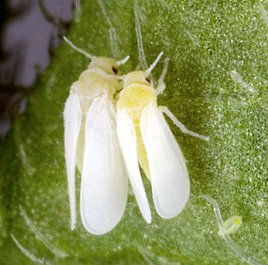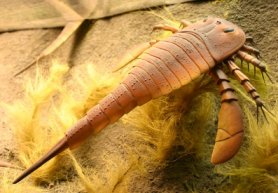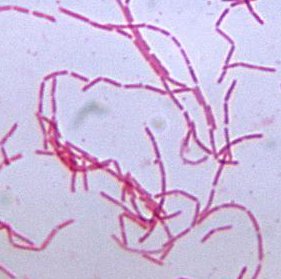
In her paper, which is now considered a landmark publication, she put forth the idea that the organelles in eukaryotic cells formed because one prokaryotic cell engulfed another, and they both somehow survived to work together. The engulfed cell became the organelle, while the cell that did the engulfing became the first rudimentary eukaryotic cell. While this idea did not originate with Dr. Margulis, her landmark paper was the first to provide biochemical data that supported the view. As a result, she has gotten the lion’s share of the credit for the endosymbiotic theory of the origin of eukaryotic cells.
Now there are serious problems with her theory. For example, she makes much of the fact that mitochondria (eukaryotic organelles that power the cell) are similar to bacteria. As a result, it should make sense that mitochondria were actual bacteria at one time. However, the similarities are rather trivial. There are significant structural and biochemical differences between the two, which makes the idea that mitochondria came from bacteria quite untenable. Nevertheless, endosymbiotic theory is currently the consensus view among evolutionists for how eukaryotic cells arose. Thus, it is not surprising that Dr. Margulis was elected to the National Academy of Sciences in 1983.
While the problems associated with endosymbiotic theory are interesting, what really fascinates me is how two well-known evolutionists have reacted to her recent interview, published in Discover Magazine.
Continue reading “What Do Evolutionists Do When One of Their Own Is Honest about the Data?”







